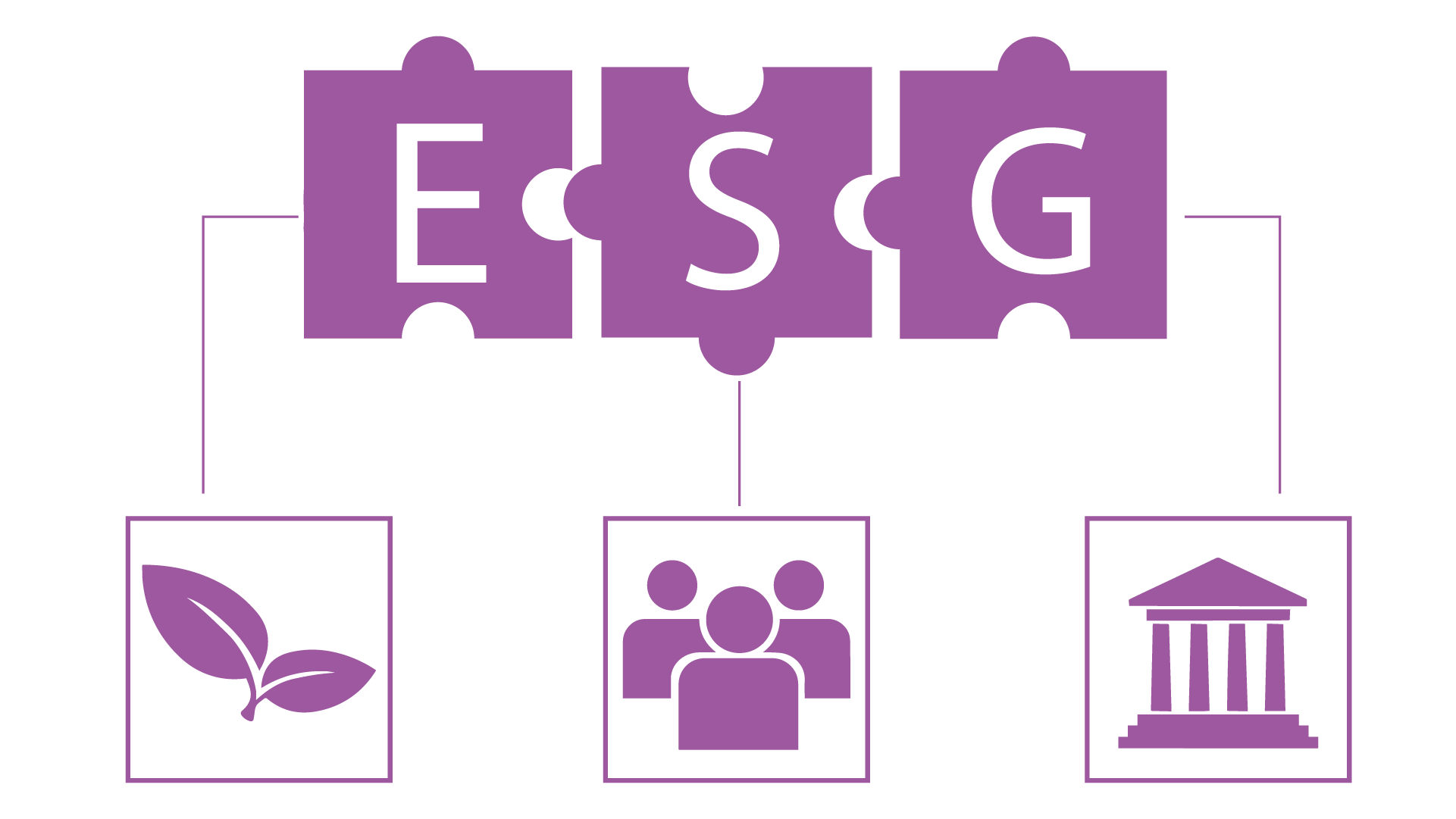ESRS standards: Requirements & components of ESG reporting
ESG reporting assesses how sustainable our economy is. As a result, companies will have to report on their sustainability measures and the impact of their business activities in the environmental, social and governance-related areas in 2024. The reporting is subject to specific requirements, which the European Commission summarized on 31 July 2023 in the form of the so-called ESRS. We show you what your CSRD report should look like and which sustainability reporting standards, ESRS standards, apply to your ESG reporting.
To whom do the ESRS standards apply?
For companies that are already subject to the NFRD, the CSRD reporting obligation will apply from January 2024. Large companies that are not yet affected by the NFRD will start ESG reporting in accordance with the ESRS in 2025. You can find a timeline with all affected companies and submission deadlines in our ESG overview.
What does the ESG report according to the ESRS standards look like?
In the CSRD report, you as a company describe environmental, social and management-related measures and structures and assess the sustainability and impact of your business activities based on the ESRS standards.
The aim is to demonstrate sustainability in the company using figures and to present structures as concretely as possible so that quality control can take place. If you have not yet fulfilled or taken into account certain criteria, this is not a problem as long as you can justify this and formulate clear, time-bound goals that will take you there. Above all, it should be clear that you are planning to make your processes and structures more sustainable in the future.

These are the contents of your CSRD report
The basis of your CSRD report is the assessment of your actions using the following topic-related ESRS. The examples listed may vary depending on your business model and business size.
Information on the known exceptions regarding compliance with the ESRS standards can be found on the IHK website under “Reporting standards: Structure and Overview - Other”.
The 10 topic-related ESRS at a glance:
ESRS E1 Climate change
- GHG emissions
- Energy consumption
- Measures to combat climate change
ESRS E2 Environmental pollution
- Soil pollution
- Air pollution
- Water pollution
- Pollution of living organisms and food resources
- Waste production
- Waste disposal
- Production of single-use plastic, microplastics
- Use of substances of concern
ESRS E3 Water and marine resources
- Extraction and use of marine resources
- Water consumption
- Water abstraction
- Discharge of water
ESRS E4 Biodiversity and ecosystems
- Conservation of biodiversity and ecosystems
- Protection of endangered animal and plant species
- Deforestation
- Desertification
- Soil sealing
ESRS E5 Resource use and circular economy
- Sustainable resource management
- Use of renewable energies
ESRS S1 Own workforce & ESRS S2 Workforce in the value chain
- Equal opportunities and equal treatment of all employees, regardless of gender, origin, physical, mental, social or psychological impairments in accordance with the applicable provisions on labor law and occupational health and safety
- Health protection (protection against hazardous substances, accident protection)
- Occupational health and safety (appropriate working hours, healthy workplace - lighting, climate, ergonomic work, protection against harassment, violence and bullying)
- Occupational safety (monitoring occupational health and safety, instruction for employees)
- Promotion and training of professional and personal skills
- Freedom of expression, assembly and association
- Compatibility of work and private life
- Compliance with applicable employment and co-determination rights
- Working hours
- Type and place of employment
- Appropriate remuneration
- Relationship between employees and line managers
- Diversity of employees
- Information on suppliers
- Information policy
- Communication with employees
- Protection of private data
- Employee turnover
ESRS S3 Affected communities
- Ecological, social, political impact on affected communities
- Noise pollution
- Traffic nuisance
- Job creation
ESRS S4 Consumers and end users
- Protection of the privacy of consumers/customers
- Health protection
- Child protection
- Duty to provide information
- Access to products and services
- Complaints management
ESRS G1 Corporate policy
- Transparent remuneration of board members and executives
- Disclosure of donations and lobbying activities
- Measures against corruption and bribery
- Political commitment
- Diversity within the Board of Directors and management level

Do not forget: Carry out a materiality analysis
Don’t worry - you don’t necessarily have to work through all ESRS. The materiality analysis determines which ESRS standards are of particular importance to you. So before you start your report, examine which environmental and social sustainability issues have a direct impact on your company and present opportunities and risks for your business (so-called outside-in perspective).
Conversely, describe all the sustainability issues that have a positive or negative impact on your business activities (inside-out perspective). For example, these could be regions, bodies of water or forests that are in the immediate vicinity of your company and are directly affected by the impact of your activities.
In order to set the right focus for your CSRD report, the German Sustainability Code (DNK) recommends developing your materiality analysis together with stakeholders.
Structure of your ESG report
In addition to the content to be assessed, there is a clear structure that must be adhered to in your report:
ESRS 1 & 2: General disclosures and information
Your CSRD report begins with general information about your company. This includes
- company name
- registered office
- Company foundation
- Industry and market position
- General corporate objective
- USP
- Description of the business model
- Product / activity description
- Description of use
- Information on the clientele
- Brief description of development / growth
This is followed by information on the structure, content and materiality of the content in the report. This means: You describe which ESRS you are highlighting in your CSRD report. Depending on your business model and the materiality analysis, some reporting standards are more important than others.
You should also provide information on the accuracy, completeness and compliance with the standards and requirements for ESG reporting.

Disclosures on topic-related ESRS
For each topic-related ESRS, a description and assessment is made according to the following scheme:
- Objective
- Interaction with other ESRSs
- Impacts and risks of the company’s activities
- Corporate strategy / approach to achieving own goals and managing impacts
- Opportunities arising from the sustainability strategy
- Concrete measures
- Results or evaluation of performance based on defined targets and parameters
- Appendix A: Application requirements
Your statement on the respective ESRS standards should relate to all areas of your business activities. It is therefore about impacts, opportunities and measures, both in relation to your production processes, internal structures and logistics, as well as in relation to product use and disposal.
Example of an ESG report
Sustainability reports are nothing new. Only the requirements have become stricter. If you are completely new to the topic and would like a little inspiration, you can take a look at previous sustainability reports from companies. A good example is provided by the online fashion store ABOUT YOU, which has published its ESG report for 2022/2023.
All detailed information and requirements for ESG reporting, which has been in force since 2023, can also be found in the European Commission’s official regulation on European Sustainability Reporting Standards (ESRS).
Further specifications such as sector-specific ESRS and ESRS for SMEs are expected by the end of 2023 / beginning of 2024. If you don’t want to miss any information on ESG reporting, follow us on LinkedIn. There we regularly report on regulations and help regarding your CSRD report.


